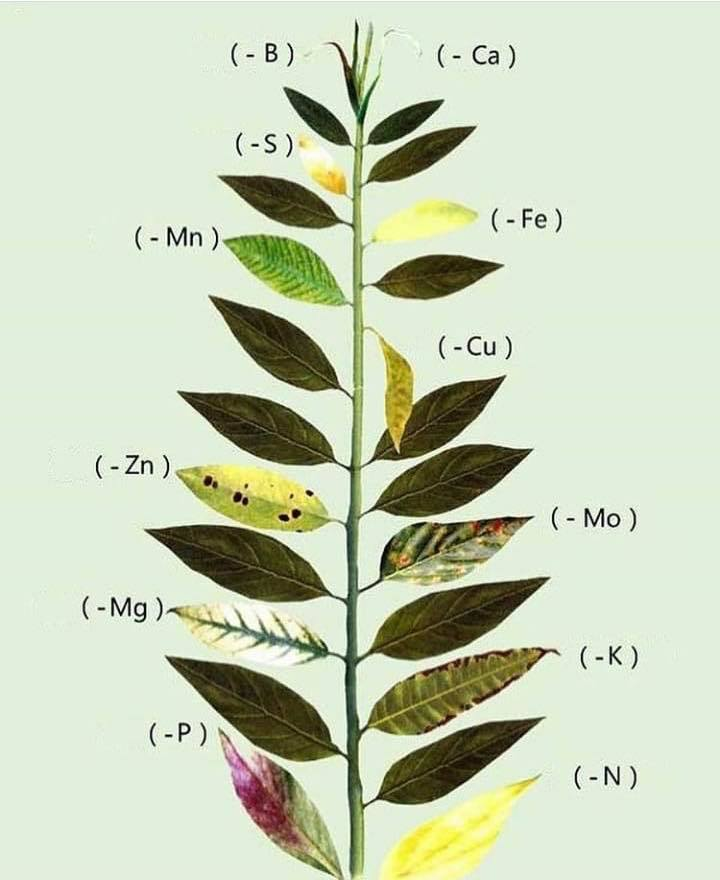Technology for Kisan Samanvayam: Nutrition Intelligibility of Groundnut Plant using IoT-ML Framework
Main Article Content
Abstract
Neolithic Demographic transition resulting the reduction of habitable land for cultivation. Hence the smart agriculture is the only way to cater higher food demand. The farming community of developing countries like India needs Kisan Samanvayam with futuristic technologies for financially viable cultivation. Technology place vital role in economically nourishment of soil fertility and crop management. In this regard we proposed IoT-ML framework for remotely assessing the soil nutrients (N, P,K), PH and early stage detection of crop deceases. Android APP which is a part and parcel of the frame work enable the farmer to have real time visual statistics of the soil nutrients, notifications and suggestions regarding to the crop management. JXCT Soil NPK sensors, PH sensors, Dual Core ESP32 Controllers, Firebase Cloud and Random Forest Decision Tree machine Learning Algorithm, Micromlgen serve this purpose. Unlike Solitary sensor for entire field, we have divided a hector into four subregions for effective monitoring local region needs. The presence of IoT with TinyML increased the robustness of the framework and results are encouraging with sandy loam soil.
Article Details
References
Bryld, E. “Potentials, problems, and policy implications for urban agriculture in developing countries”, Agric. Hum. Values 2003, 20, 79–86. [CrossRef]
Lee, I: Lee, K., “ The Internet of Things (IoT): Applications, investments, and challenges for enterprises”, Bus. Horiz. 2015, 58, 431–440. [CrossRef]
https://www.canr.msu.edu/news/identifying_nutrient_deficiency_symptoms_in_field_crops
https://landresources.montana.edu/soilfertility/nutrientdeficient/
http://www.agritech.tnau.ac.in/agriculture/plant_nutri/gnut_nitro.html
Aleksandrov, Vladimir, “ Identification of nutrient deficiency in plants by Artificial Intelligence”.,2019, doi: 10.1101/664235.
Carstensen A et al, “The impacts of phosphorus defciency on the photosynthetic electron transport chain”, Plant Physiol,2018, 177(1):271. https://doi.org/10.1104/pp.17.01624
Chinnadurai Chinnaraja, Antonio Ramkissoon, Rajendran Ramjegathesh, Adesh Ramsubhag and Jayaraj Jayaraman, “Disease status of tomatoes in the Southern Caribbean”, October 2018 , Tropical Agriculture 95(Special Issue 2):29-35.
Mohamed, Omyma & Beshir, Mayada & Ahmed, Nafisa, “Cotton leaf blight disease caused by Alternaria alternata in Sudan”, (2019).
Rathy Seethapathy, Thiribhuvanamala Gurudevan, Kizhaeral S. Subramanian & Prabakar Kuppusamy, “ Bacterial antagonists and hexanal-induced systemic resistance of mango fruits against Lasiodiplodia the obromae causing stem-end rot”, Journal of Plant, 2016, Interactions, 11:1, 158-166.
Sinwar, D., Dhaka, V.S., Sharma, M.K.,Rani, G., “AI-Based Yield Prediction and Smart Irrigation”, Stud. Big Data 2019, 2, 155–180. [CrossRef]
Dyrmann, M., Karstoft, H.Midtiby, H.S., “Plant species classification using deep convolutional neural network”, Biosyst. Eng. 2016, 151, 72–80.
Park, S.J.,Hong, S., Kim, D., Seo, Y., Hussain, I, Hur, J.H., Jin, W., “Development of a Real-Time Stroke Detection System for Elderly Drivers Using Quad-Chamber Air Cushion and IoT Devices”, SAE Tech. Pap. 2018, 2018, 1–5. [CrossRef]
Hussain, I., Park, S.J., “HealthSOS: Real-Time Health Monitoring System for Stroke Prognostics”, IEEE Access 2020, 8, 213574–213586. [CrossRef]
Mohanraj, I., Ashokumar, K., Naren, J., “Field Monitoring and Automation Using IOT in Agriculture Domain”, Procedia Comput. Sci. 2016, 93, 931–939. [CrossRef]
Balaji, G.N., Nandhini, V., Mithra, S., Priya N., Naveena R, “Advanced Crop Monitoring using Internet of Things based Smart Intrusion & Prevention in Agricultural Land”, Int. J. Trend Sci. Res. Dev. 2018, 2, 1348–1352.
Jawad, F., Choudhury, T.U.R., Sazed, S.A. Yasmin, S. Rishva, K.I. Tamanna, F. Rahman, R.M., “ Analysis of optimum crop cultivation using fuzzy system”, In Proceedings of the 2016 IEEE/ACIS 15th International Conference on Computer and Information Science (ICIS), Okayama, Japan, 26–29 June 2016; pp. 1–6.
Sakthipriya, N.,” “An effective method for crop monitoring using wireless sensor network ”, Middle-East J. Sci. Res. 2014, 20, 1127–1132.
Rehman, A.U., Asif, R.M., Tariq, R., Javed, A., “ Gsm based solar automatic irrigation system using moisture, temperature and humidity sensors”, In Proceedings of the 2017 International Conference on Engineering Technology and Technopreneurship (ICE2T), Kuala Lumpur, Malaysia, 18–20 September 2017; pp. 1–4.
D. Dusa and M. R. Gundavarapu, "Smart Framework for Black Fungus Detection using VGG 19 Deep Learning Approach," 2022 8th International Conference on Advanced Computing and Communication Systems (ICACCS), Coimbatore, India, 2022, pp. 1023-1028, doi: 10.1109/ICACCS54159.2022.9785123.
Mestre, D., Fonseca, J.M., Mora, A., “ Monitoring of in-vitro plant cultures using digital image processing andrandom forests”, In Proceedings of the 8th International Conference of Pattern Recognition Systems (ICPRS2017), Madrid, Spain, 11–13 July 2017; pp. 1–6. [CrossRef]
Dogru N., Subasi A, “Traf?c accident detection using random forest classi?er,” In Proceedings of the 201815th Learning and Technology Conference (L T), Jeddah, Saudi Arabia, 25–26 February 2018; pp. 40–45, doi:.[CrossRef]

